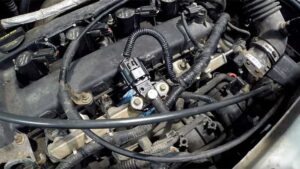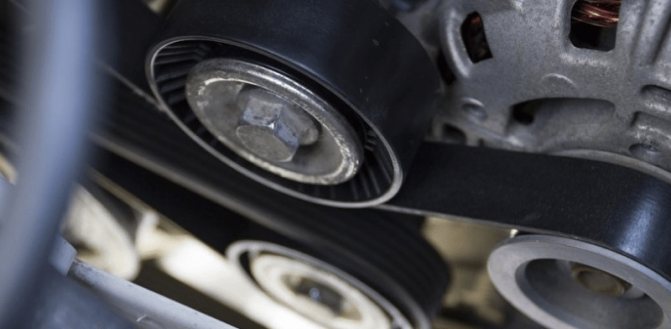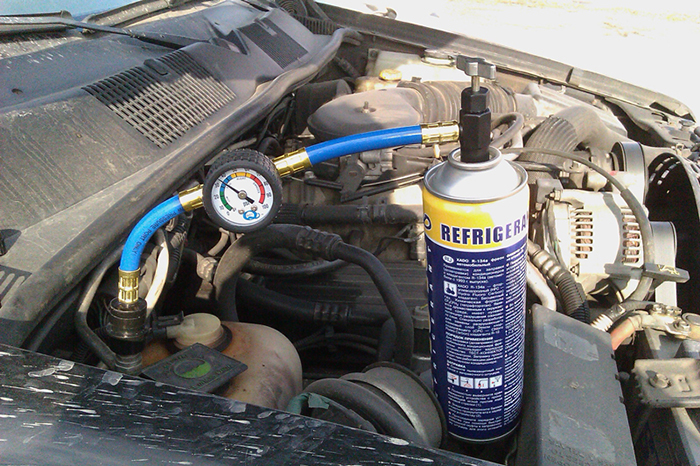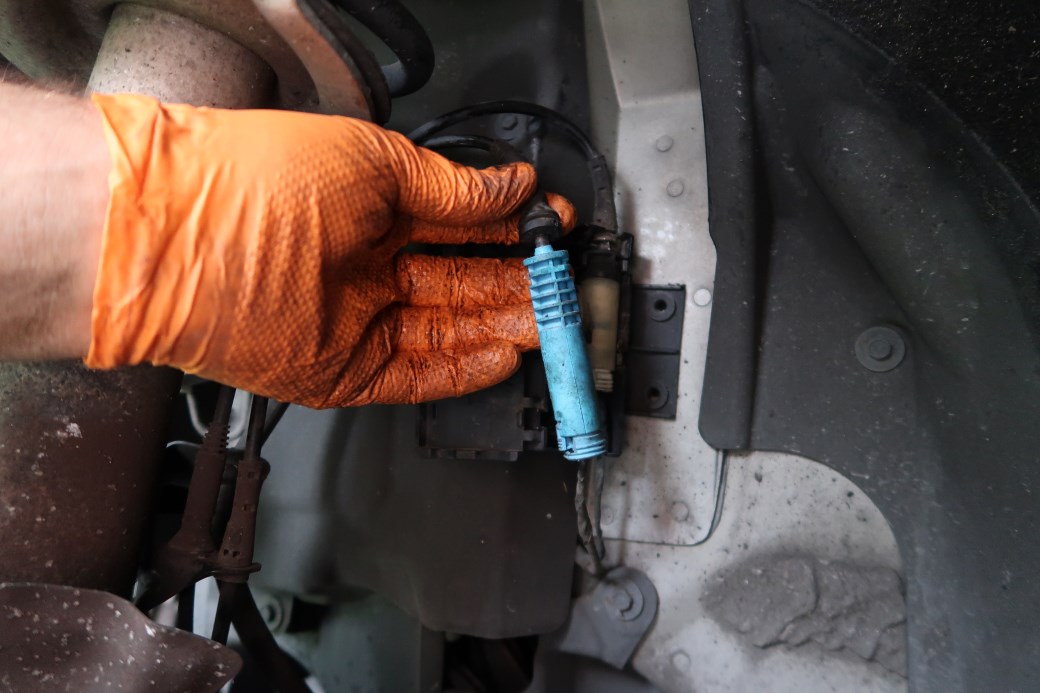 Your vehicle’s engine needs the right fuel pressure to function optimally. When the engine is not getting the right pressure, it could get stuck on the road or you could experience difficulties with starting it.
Your vehicle’s engine needs the right fuel pressure to function optimally. When the engine is not getting the right pressure, it could get stuck on the road or you could experience difficulties with starting it.
Therefore, you must check the fuel pressure often. However, in a situation where you do not have the fuel pressure gauge, you must seek alternatives. How do you then check fuel pressure without a gauge? This article will provide answers to this question.
Steps to checking fuel pressure without gauge
Checking the fuel pressure is important so that the engine will not malfunction. There are things you can still do to check the fuel pressure even if you do not have a fuel pressure gauge.
There are two options for doing this; OBD 2 scanner and listening to the engine’s buzz when you start it.
1. The use of an OBD 2 scanner
To do this, you will need an OBD 2 scanner with live data. You can use the scanner to effectively check the fuel pressure if you do not have the pressure gauge.
However, this method is only applicable to newer cars, especially the ones produced from 1997 to date. Such vehicles have fuel pressure sensors that monitor fuel pressure across fuel injectors.
Though using this method might not give you the accurate fuel pressure level, it will, however, tell you if the pressure is low or high. The following are the steps involved when you want to test the fuel pressure gauge with an OBD 2 scanner tool.
Start the engine
The first thing you should do is to start the engine and leave it idle for a few minutes. This will ensure that you do not have the wrong fuel pressure readings that come from a cool engine.
Connect the scanner
Once the engine is warm, you can then connect the code reader to the OBD 2 port in your car. If you do not know the location of the port in your vehicle, you can read the vehicle’s manual for guidance.
Check possible stored OBD 2 errors
If there is a problem with the fuel delivery of your car, you will likely find error codes stored in the memory of the scanner. The following are the common OBD 2 errors you will see.
| Error code | Error code description | Error code interpretation |
| P0087 | Fuel system pressure too low | A problem in fuel delivery system |
| P018C | Fuel pressure sensor ‘B’ circuit low | Factors could lead to high or low pressure |
| P0191 | Fuel rail pressure sensor circuit ‘A’ | Potential abnormality in fuel pressure reading |
| P0203 | Fuel pump primary circuit malfunction | Electric problem with fuel pump |
| P0170 | Fuel trim malfunction bank 1 | Detection of fuel trim beyond an acceptable range |
| P0171 | System too lean bank 1 | Fuel not enough or too much fuel |
| P0172 | System too rich | Injectors receive too much fuel |
Check live fuel pressure data
You might likely not get an error code or the data won’t indicate a problem with the fuel pressure. In such a situation, you can still monitor live pressure data by analyzing fuel pressure data and fuel delivery rate.
Nevertheless, you should ensure that you buy a scanner that can perform this function when you want to purchase a scanner. All you need to do is to connect the compatible scanner to the vehicle and the engine DME diagnostic mode. When the reading is complete, you can choose any option, preferably a fuel delivery system.
Doing this will allow you to monitor different fuel systems such as fuel injection timing reading, fuel rail pressure, etc. It will also show you the fuel rail pressure set point.
To measure the real fuel pressure when the engine is working, you need to select the closest option to ‘the actual real-time fuel pressure parameter’ from the menu.
The scanner should display the current fuel pressure. To confirm its consistency, try revving the engine to 1,500 RPM. Hold it for a few seconds, then try 2,500 to 3,000 RPM. If the fuel pressure reading does not change, it means there is no issue with the overall pressure in the system. Nevertheless, there is a possibility that there could be a problem with the level of fuel being delivered to the injector.
2. Using fuel pump buzz
Alternatively, you can still check fuel pressure without the scanner. All you need is to listen attentively. For you to do this, you need to turn on the engine so that the fuel pump will turn on. If you hear a buzzing sound and no other symptoms are present, it means the fuel pump is in good condition. Also, if you do not hear a buzzing sound, it means something is wrong with the fuel pump.
Conclusion
Though the ways highlighted in this article are options you can explore to test fuel pressure without a gauge, nevertheless, the most effective and reliable way is to get a good fuel pressure gauge.


